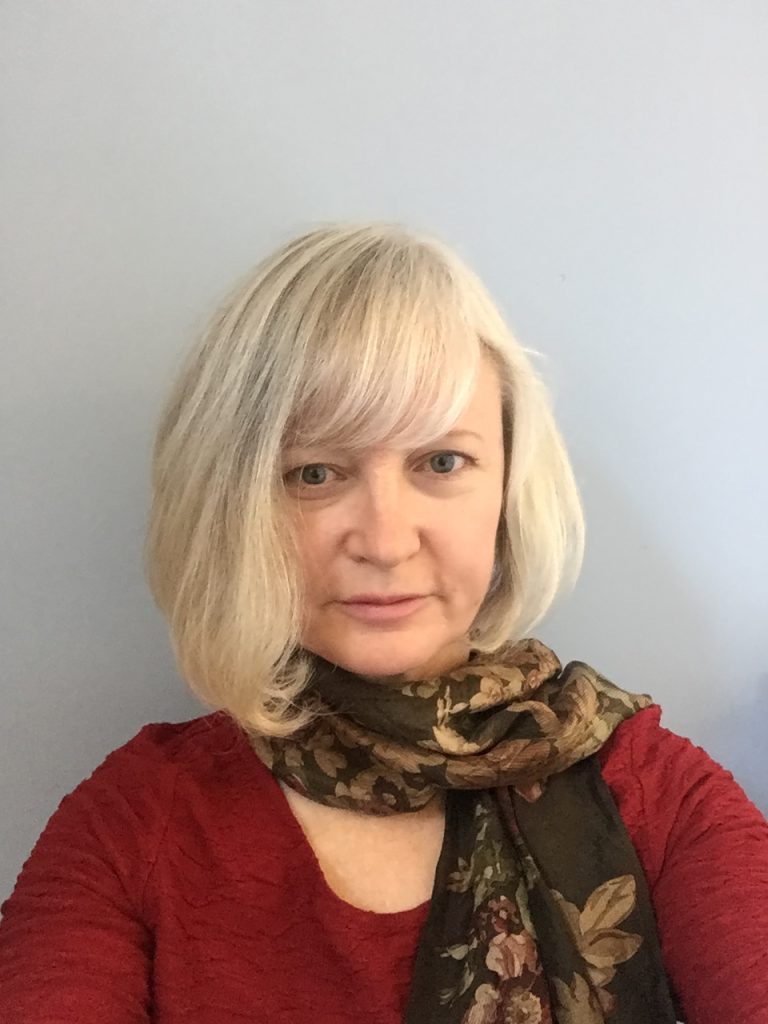How hope can see us through challenging times
14/11/2022 -
By Dr Emma Miller, University of Strathclyde
Dr Emma Miller works between research policy and practice in promoting outcomes for people. She was Principal Investigator on the Talking Hope project which involved supported young people and staff in diverse health and care partner organisations in promoting more hopeful conversations in practice.
Hope is a word that we don’t often use in services. Mental health and addiction services can often be exceptions to this, where hope is associated with recovery and living well. However, when we started the Talking Hope project in 2018, most of us were unfamiliar with talking about hope in our professional lives. We have learned together, through conversations in three phases of the project, that hope is a powerful word in its own right. Using the word hope can already redirect a conversation which has become stuck, sometimes taking people by surprise and shifting mindsets to consider new possibilities.
Hope theory tells us that hope is associated with goal setting, and with identifying pathways to achieving those goals. Having a sense of agency is important in this, including belief not only that a better life is possible, but also that you can contribute to making it happen. Did we ever need a sense of collective agency more than we all do now?
We have also learned that hope and hopelessness sit closely beside each other. It is not helpful to think of them as opposites, as we all weave between them as we go through life.
Talking Hope started in secure care for young people in Scotland. The thinking behind it was that we wanted to change the conversations with and around young people who are identified as being at high risk, to focus on hope, strengths and capabilities; not just management of risk. We wanted to explore how to access and amplify the hopes of the young people involved, their families and the staff who support them. The project’s ethos of hope and participation aligns with seminal changes to Scotland’s care and policy landscape, such as The Promise, the incorporation of the UNCRC into Scots law and the introduction of the Children’s Care and Justice Bill. It also aligns with the new suicide prevention strategy; Creating Hope Together, and the mental health and wellbeing strategy.
Leadership is a key theme in Talking Hope. In our new website we have a section on leadership where we share examples of how organisations are doing things differently to promote hope. But leadership underpins the whole project. When young people share their stories, including examples of what got them through challenges and what they are achieving now, they are leading. When families share how they have survived and thrived through adversity, they are leading. When practitioners share examples of creativity and examples of supporting people to achieve their goals, however small them may seem, they are leading.
Mental health and wellbeing were always a focus for talking hope, with the wellbeing of practitioners coming more to the fore the pandemic. During this phase we learned that hope and belief are closely linked in practice. While children and families need to believe a better life is possible, practitioners told us that believing they can make a positive difference is essential to hope.
Celebrating small but significant changes and goals achieved through relationships is more important than ever in the challenging context we find ourselves in. We hope that our website, can contribute to that as an example of a hope reservoir. The Talking Hope website has just been launched as an example of a hope reservoir, including useful tools, quotes and stories to promote participation, leadership and hopeful transitions” https://talkinghope.uk/
Talking Hope is led by the University of Strathclyde and was funded in Phase I by the European Social Innovation Fund in partnership with the Scottish Government, in Phase II by the Scottish Government and the Good Shepherd Centre, and in Phase III by Scottish Government and Includem. Our other partners are St Mary’s secure care centre, Rossie secure care centre, Ayrshire and Arran CAMHS, Foxgrove NSAIS and East Ayrshire HSCP.
We’d like to thank Emma for writing this guest blog which is part of a blog exchange between Leading to Change and Talking Hope. You can see the Leading to Change blog written by Sophie Leslie here

Emma Miller works between research policy and practice in promoting outcomes for people. She was Principal Investigator on the Talking Hope project which involved supported young people and staff in diverse health and care partner organisations in promoting more hopeful conversations in practice.
All information regarding our contributors was correct at the time of publishing.
What is this for?
Click this button to record your learning in the Leading to Change app. If you have a profile in the Leading to Change app you now have the ability to record any learning showing this button. If you do not have a profile you can register with a TURAS account or create one for free.
5 minutes and 00 seconds till you can record this learning activity
We have estimated that this resource will take 5 minutes to complete. Once the timer below is complete you will be able to select ‘Record your learning’.


